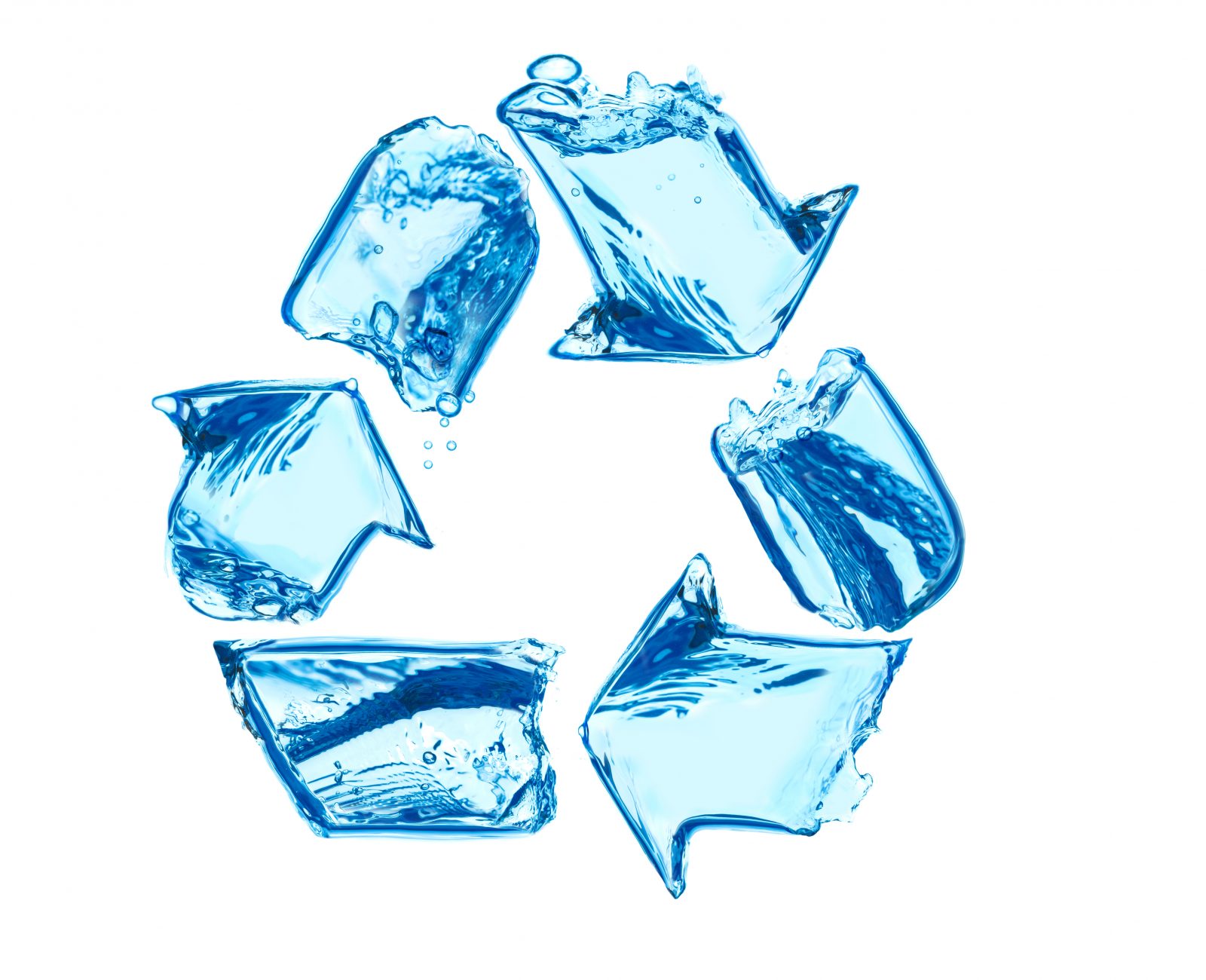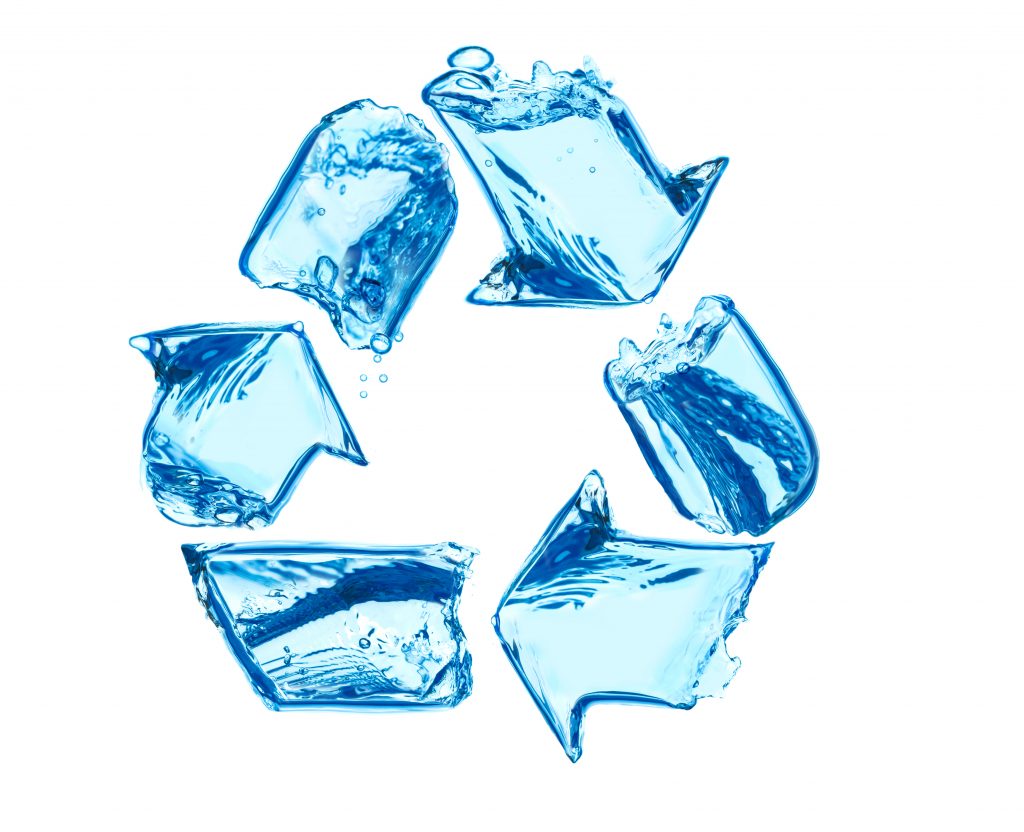Reusing Water


Is reusing water for irrigation, industry, construction and even drinking a viable solution to water shortages? In a purely practical sense, reports Eric Herman, the answer is a resounding yes; but, when it comes to public perception, there are big hurdles waiting be to overcome.
By Eric Herman
Last week in our Oct. 29 WaterShapes edition, we posted a link to a classic article featuring the Water Replenishment System (WRS), a massive treatment facility in Fountain Valley, CA. As explained in the story, the WRS uses microfiltration and reverse osmosis to turn treated sewage, supplied by a neighboring wastewater treatment plant, into pristine drinking water that is completely free of dissolved solids, pathogens and organic matter.
The water generated by the WRS is used to replenish the region’s groundwater, which has been depleted by years of overuse, seawater intrusion and pollution. In the decade-plus the system has been in place, it has been an unqualified success.
Indeed, water reuse is considered one of the possible methods that can be used to stabilize water supplies and resist the devastation of sustained drought. It has gained momentum both in the public and private sectors. Unlike desalination, water reuse systems need not be located by the ocean, have less environmental impact, and can generate water at a lower cost compared to desalination.
“We’ve leaned very heavily on the development of recycled water to provide water supply reliability,” says Mike Marcus, general manager for Orange County Water District. “We only receive about 13 inches of rainfall per year. We cannot rely on Mother Nature.”
Despite the inescapable logic in favor of water reuse, as far back as the 1990s, Southern California jurisdictions encountered push back against their plans to recharge basins with purified water. These setbacks took years of outreach to overcome. “We hired an outreach firm before we did anything,” says Markus. “I think a lot of other projects erred because they waited until after the fact to do outreach, and by that time the damage had been done.”
Polling and focus groups provided the basis for talking points. Letters of support were gathered from the 19 retail water agencies in the county, from the CDC, and from environmental groups. Special attention was paid to the concerns of the county’s large Vietnamese and Hispanic communities, which include immigrants whose past experience with unstable water systems heightened their concerns about the safety of recycled water.
“We went out and we evangelized,” says Markus. “Over a 10-year period, we gave over 1,200 presentations, to anyone who would listen to us – chambers, rotaries, service organizations, cities and elected officials.”
The fear of water reuse is ultimately irrational. Water has a unique ability to be cleansed, both by nature and human processes.
The water we have today has been on earth for literally billions of years. It has been in the ground, the sky, oceans, lakes, rivers, aquifers, glaciers, inside plants, in the tissue of animals, and in sewage systems. Water has all been sullied and ultimately cleaned over and over again.
It’s a matter of perception, and one that we would do well to assuage in favor a technical supply solution that can be used to create more secure and resilient water supply.
Graphic by Sergey Novikov | Shutterstock









